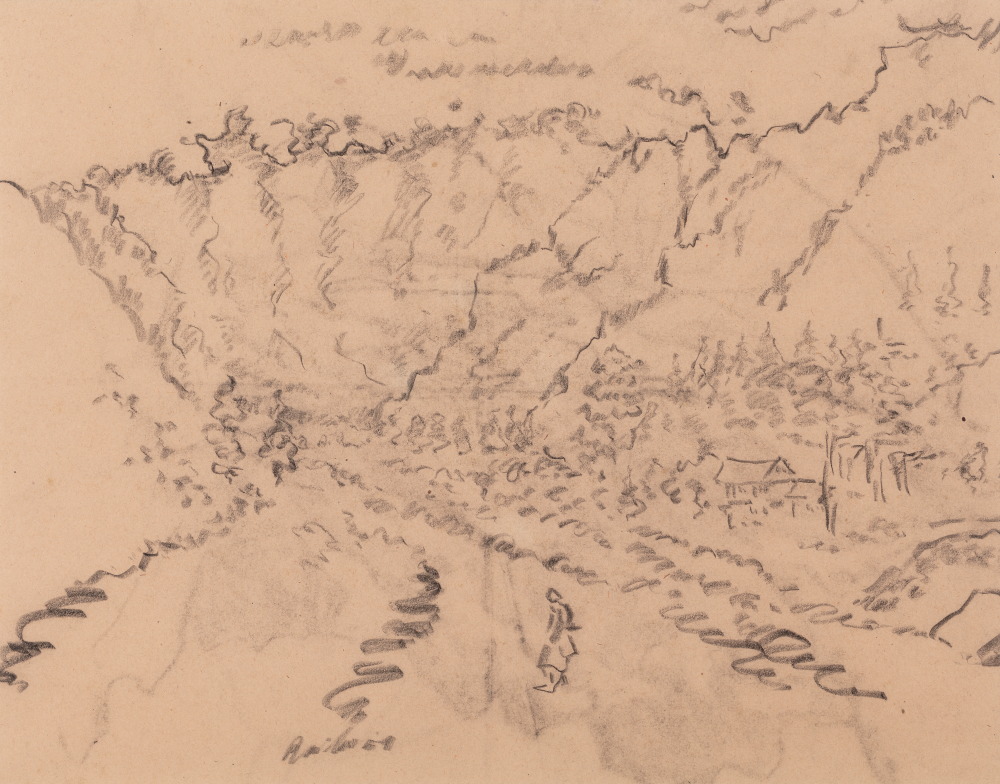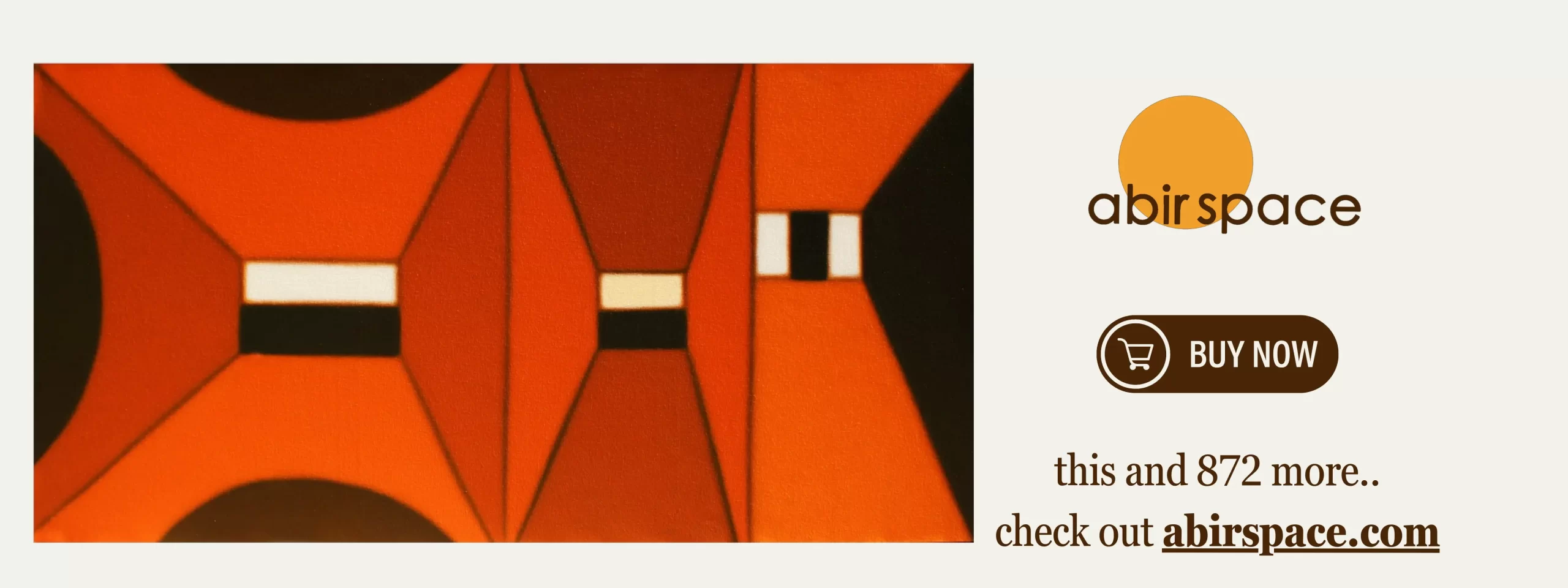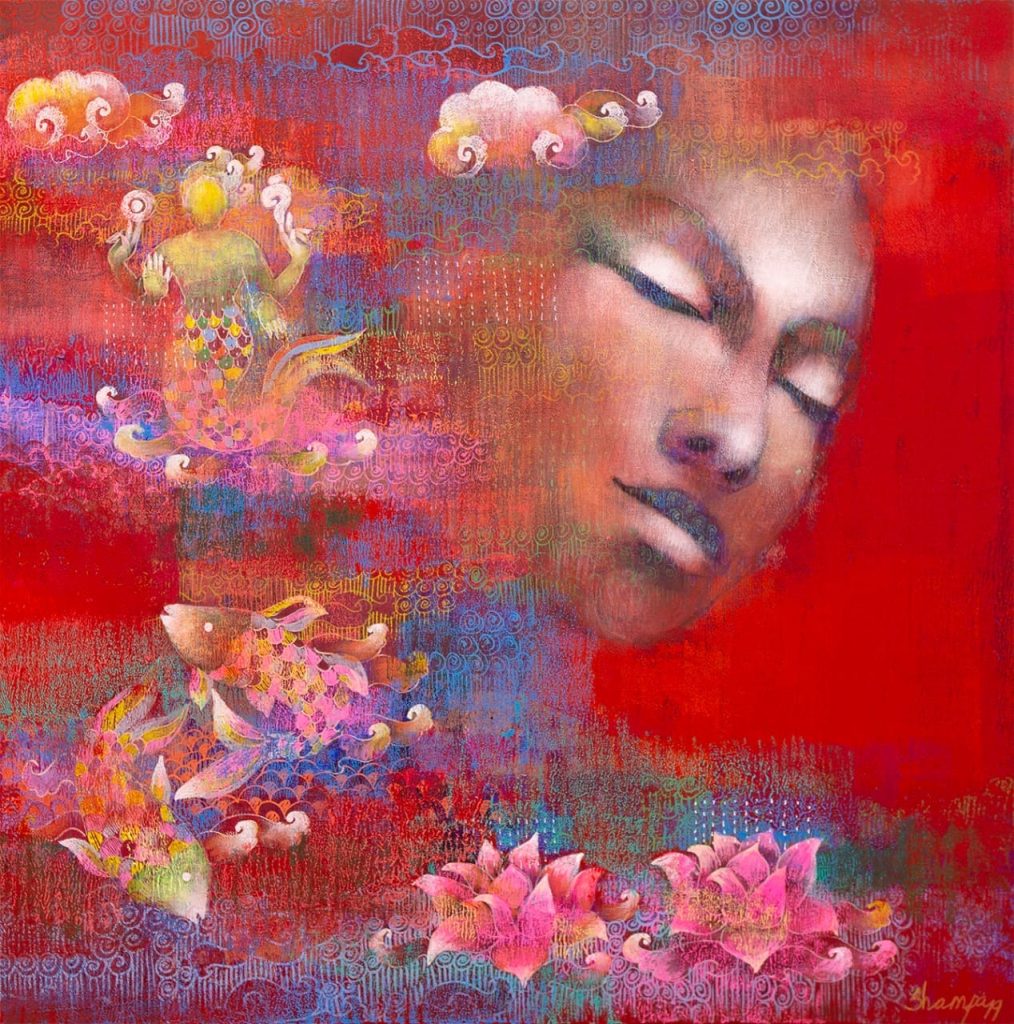The capital city will witness an exceptional exhibition, A. A. Raiba: The Inner Contours, on the artistic practice of one of the early modern Indian artists, Abdul Aziz Raiba (1922–2016), on 1st November at Travancore Palace, organised by the NCR-based art gallery, Gallery Dotwalk. Renowned Art Historian and Curator R. Siva Kumar will be the Curatorial Advisor of this large-scale exhibition that features Raiba’s early paintings, along with a large number of drawings, experimental paintings, artist books, and archival photographs.
Raiba completed early training at the prestigious Sir J. J. School of Art. For a brief while, he was associated with the Progressive Artists’ Group but also quickly disassociated to pursue his individual artistic journey through his transformative travels through Kashmir and various explorations. This exhibition traces the evolution of Raiba’s visual language, showcasing the visual shifts and continuities that defined his career. Through this exhibition, Gallery Dotwalk presents their recent acquisition of Raiba’s body of work, which is a visual treat for art connoisseurs. The wide range of works reflect his astute observation and artistic experimentation, reflecting a deeply introspective approach to figuration, landscape, and form.

The exhibition frames A.A. Raiba’s contribution to Indian Modernism through a focused analysis of his definitive use of the line. The curatorial vision of the exhibition highlights contour as an important formal theme of the exhibition. The contour is defined as a mere boundary in conventional artistic practice, but the exhibition showcases Raiba’s use of sharp and lyrical lines in contours, operating as a potent philosophical and formal threshold, capable of grounding subjective experience in visual form. This contour—a deliberate, frequently dark outline—simultaneously separates the figure from the field and links it inexorably to the surrounding cultural landscape of the subcontinent. Raiba’s oeuvre is notably characterised by bold shapes and strong outlines. This was an immediate stylistic departure, marking his entry into the modern context, especially given his initial training in the historically delicate tradition of Indian miniature painting. Raiba consciously chose to deviate from the Miniature technique by his uncharacteristic use of bold shapes and strong outlines..
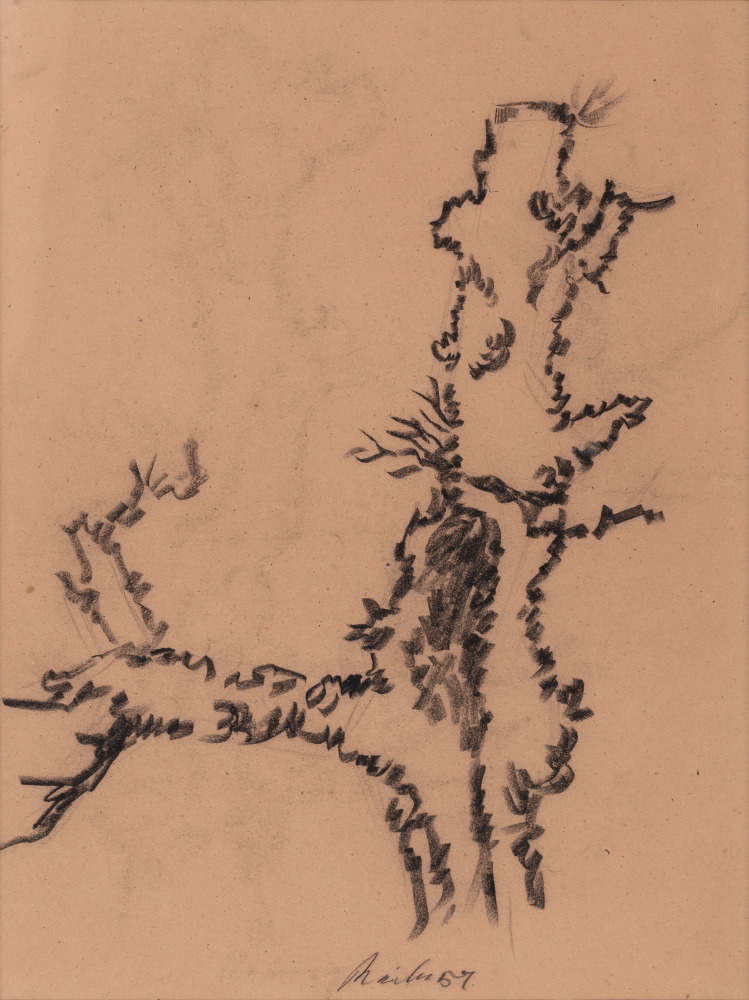
This curatorial vision proposes to elevate Raiba from an ancillary figure to a central protagonist whose unique sensibility emerged through a rigorous, self-directed exploration of form, material, and cultural vocabulary. A profound influence on Raiba’s mastery of the line stemmed from his deep connection to Islamic literature and Urdu poetry. His youthful flair for Urdu led him to practice Arabic calligraphy, a discipline that requires absolute control, precision, and the translation of profound meaning through the purity of the stroke. This lifelong practice in calligraphy provided the technical engine for the “Inner Contour.” The control necessary to execute definitive, spiritual meaning through abstract letter forms transferred directly to his figurative work, granting his contours an unwavering authority. This mastery is evident even in his self-designed exhibition invitations, which often integrated Arabic couplets and intricate designs, sometimes morphing into bird shapes. This discipline ensured that his line was always weighted with intellectual and spiritual intent.
Another key factor dictating the contour’s boldness was Raiba’s resourceful choice of materials. Having grown up connected to his father’s tailor shop, Raiba was known for utilising unconventional canvases, including scraps of sarees, jute cloth, and later, mastering the difficult art of painting on jute. Jute is an inherently rough and absorbent substrate. To achieve crisp contours and retain structural integrity when working on such a low-cost, textured surface, the line work cannot be tentative. It must be solid and decisive. The bold contour is thus revealed to be a functional necessity of his material practice, reinforcing his artistic self-sufficiency and resourcefulness while simultaneously contributing to a unique, textural modernism.
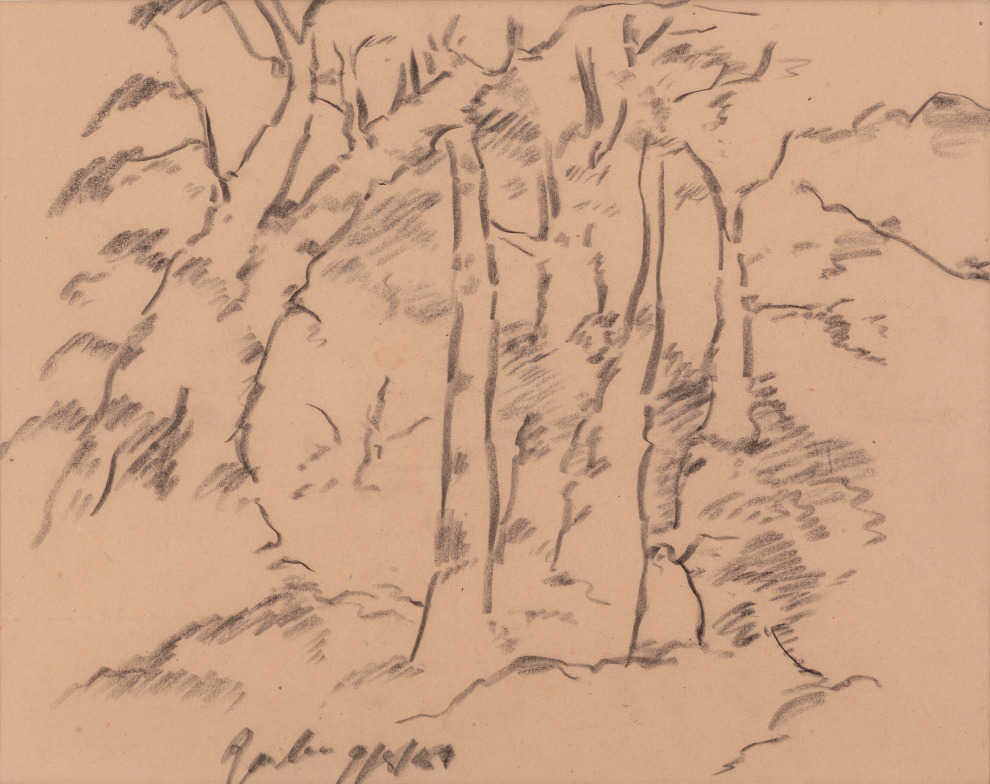
The exhibition also features archival materials, films, and research documentation developed as part of the project, offering a layered understanding of Raiba’s practice and philosophy. These materials highlight Raiba’s process-oriented approach and his engagement with the everyday as a site of artistic inquiry. This exhibition positions Raiba as a singular giant in Indian modernism, a radical figure whose path was defined by non-conformity. The bold contour, therefore, is not a superficial stylistic choice; it represents Raiba’s own modernist manifesto, allowing him to be conceptually modern and structurally decisive without becoming derivative of the prevailing European post-Impressionist or academic norms that influenced many of his contemporaries.
A. A. Raiba: The Inner Contours seeks to explore how the artist’s personal and cultural landscape informed his artistic evolution. The curatorial narrative unfolds through different phases of Raiba’s journey, each marking a moment of transformation in his visual sensibilities. The exhibition situates Raiba not only as a seminal figure in post-Independence Indian modernism but also as an artist who consciously remained outside the dominant art historical canons, forging an independent path grounded in sensitivity, material curiosity, and inner reflection.
About A. A. Raiba
Abdul Aziz Raiba (1922–2016)
Abdul Aziz Raiba, popularly known as A. A. Raiba, was born in 1922 in Bombay (now Mumbai) and became one of the most distinctive voices in Indian modern art. A painter of immense technical precision and poetic sensibility, Raiba’s work bridged the worlds of miniature painting, folk traditions, and the emerging language of modernism in post-independence India. His early life in Bombay’s coastal quarters, amid its layered cultural and architectural histories, would deeply shape his lifelong visual vocabulary. Raiba studied at the Sir J. J. School of Art between 1942 and 1946, a period that coincided with the growing assertion of Indian artists toward developing indigenous modernisms. Deeply influenced by Persian and Mughal miniature painting, calligraphy, and the lyrical tradition of Urdu poetry, Raiba developed a style that balanced narrative figuration with ornamental design. His surfaces often carried the luminosity of miniature painting through its textured, rhythmic, and imbued with a reflective intimacy.
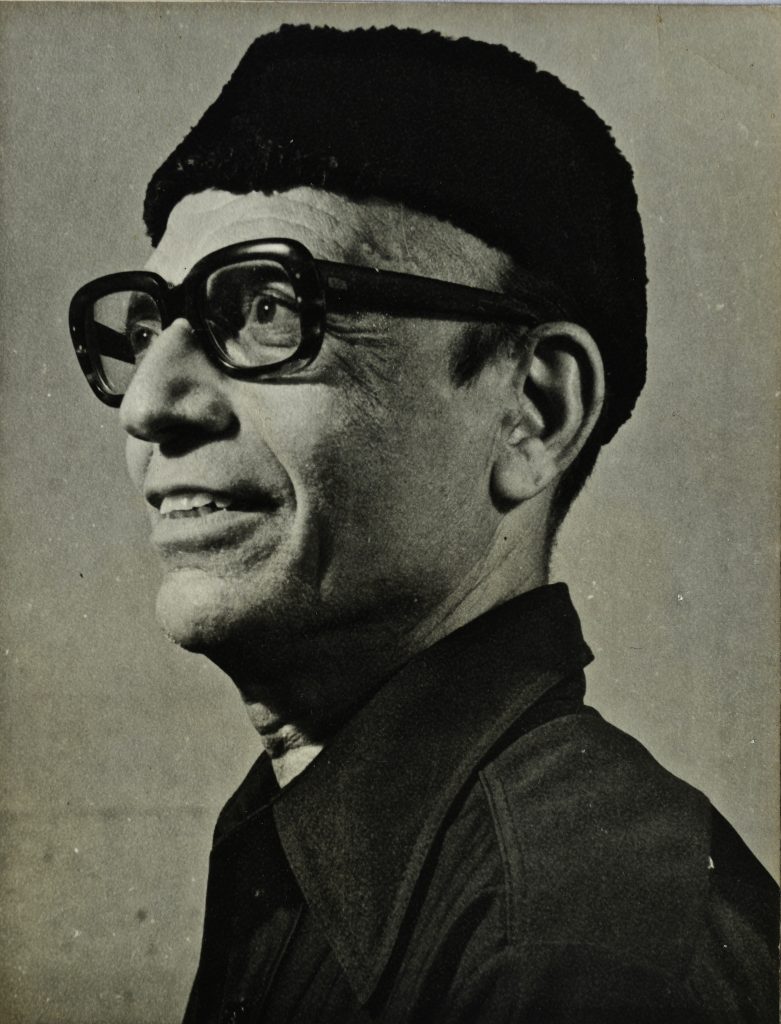
In the 1950s, Raiba executed several important public commissions, including a mural on the life of the Buddha for The Ashok Hotel in New Delhi and a mural for Air India in the 1970s. He also produced a celebrated body of paintings commemorating the Urdu poet Mirza Ghalib in 1969, a project that embodied his engagement with literature, philosophy, and visual storytelling. His paintings frequently depicted scenes from village life, urban neighbourhoods, and historical episodes, rendered with delicate linework and subdued yet radiant colour.
Raiba held his first major solo exhibition at the All India Fine Arts and Crafts Society (AIFACS), New Delhi, in 1955. He went on to participate in numerous group and thematic shows, including Manifestations: 20th Century Indian Art and Navrasa: The Nine Emotions of Art, both organised by DAG (Delhi Art Gallery). His work was also shown internationally in exhibitions of contemporary Indian art during the 1950s and 1960s. Raiba’s works are part of several important public and private collections, including the National Gallery of Modern Art (New Delhi), and have been featured in major auctions and retrospectives. His art remains celebrated for its synthesis of traditional Indian forms and a deeply personal modernism rooted in memory, language, and place as a reflection of the soul of Bombay and the cultural richness of India’s visual traditions.
About Gallery Dotwalk
Gallery Dotwalk is a contemporary art gallery, founded by Sreejith CN, who has been part of Indian art milieu for more than two decades. Dotwalk is supported by a group of well-wishers from Indian art fraternity, who have joined the efforts to create an art space, that pivots on integrity & genuineness, that becomes the hub of future artists, that converses with art enthusiasts around the world, utilising the prowess of technology and that makes positive contributions to the art milieu. Dotwalk opened the flagship gallery at Golf course road, Gurugram, Delhi NCR, in April 2022. The gallery has conducted twenty plus exhibitions till date, including the participation at India Art Fair 2023 & 2025, and the path breaking survey show at Bikaner House, comprising 43 Sculptors, and ‘Luminous Reveries’, a monumental art event of global scale, at the historic Travancore Palace, New Delhi. In 2024, Dotwalk stepped into Hyderabad to conduct a massive group exhibition with 24 artists, which was followed up this year with another group exhibition, comprising of 34 artists. The gallery represents six young artists – Abdulla PA, Amjum Rizve, Chandrashekar Koteshwar, Mehak Garg, Priyanranjan Purkait and Sudhayadas S. Dotwalk Productions, an initiative to craft unique cinematic experiences, has premiered couple of movies – ‘The Other Faces’, a film directed by Premjish Achari, which documents the artistic impulse of the iconic sculptor, Ravinder Reddy, and ‘The skin of light’, on artistic pursuit of Sujith SN, master of watercolor landscapes. In 2024, Dotwalk opened Dotwalk Ajitara Art Residency, in the sprawling farmhouse of the Ajitara family, situated in Delhi NCR. The Residency offers curated residency modules with various outreach programs, to aspiring artists around the globe. 40+ artists have already become part of Residency programs.
Exhibition Details
Exhibition Preview: 1 November 2025, 6 PM onwards
Exhibition Duration: 2 -10 November 2025, 11 am- 6 pm
Venue: Travancore Palace, New Delhi
Featuring Image Courtesy: Gallery Dotwalk
Contributor

